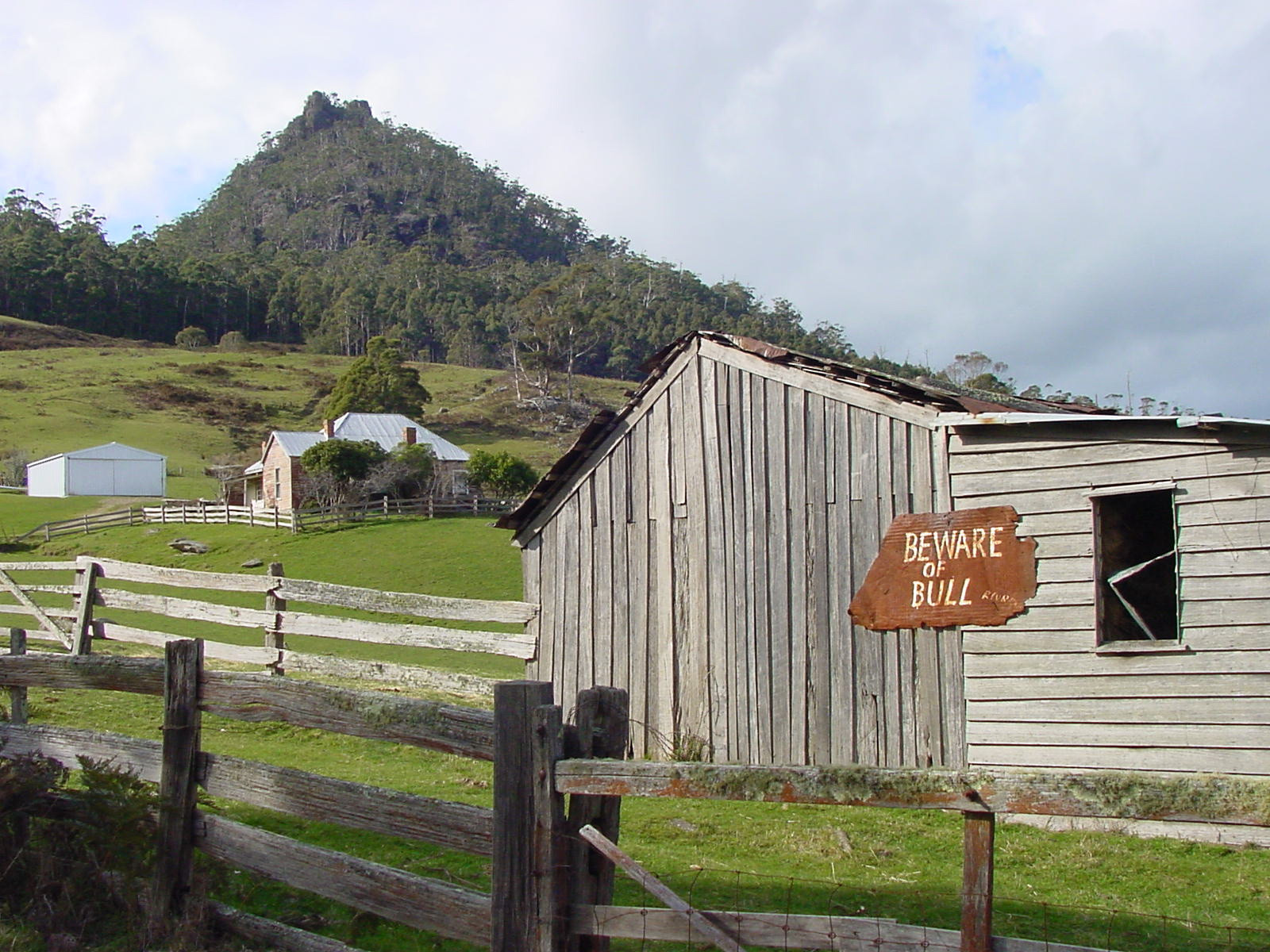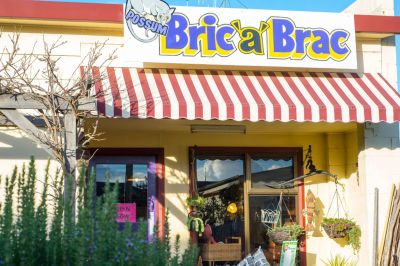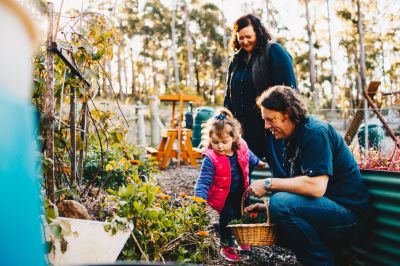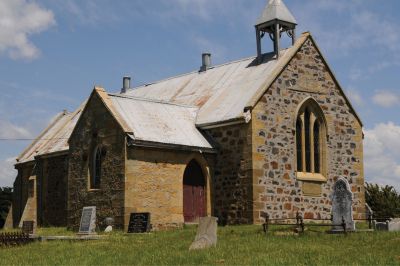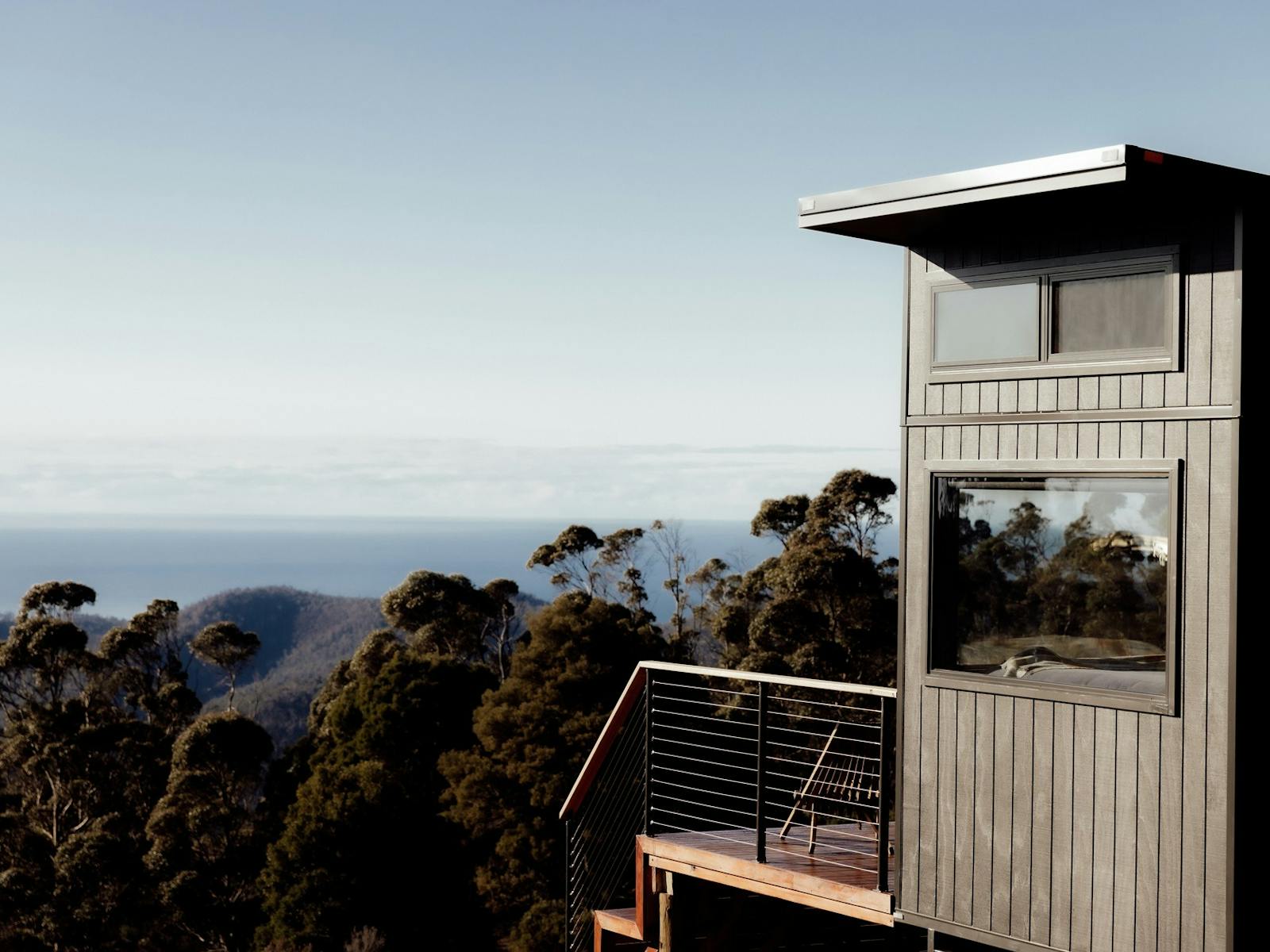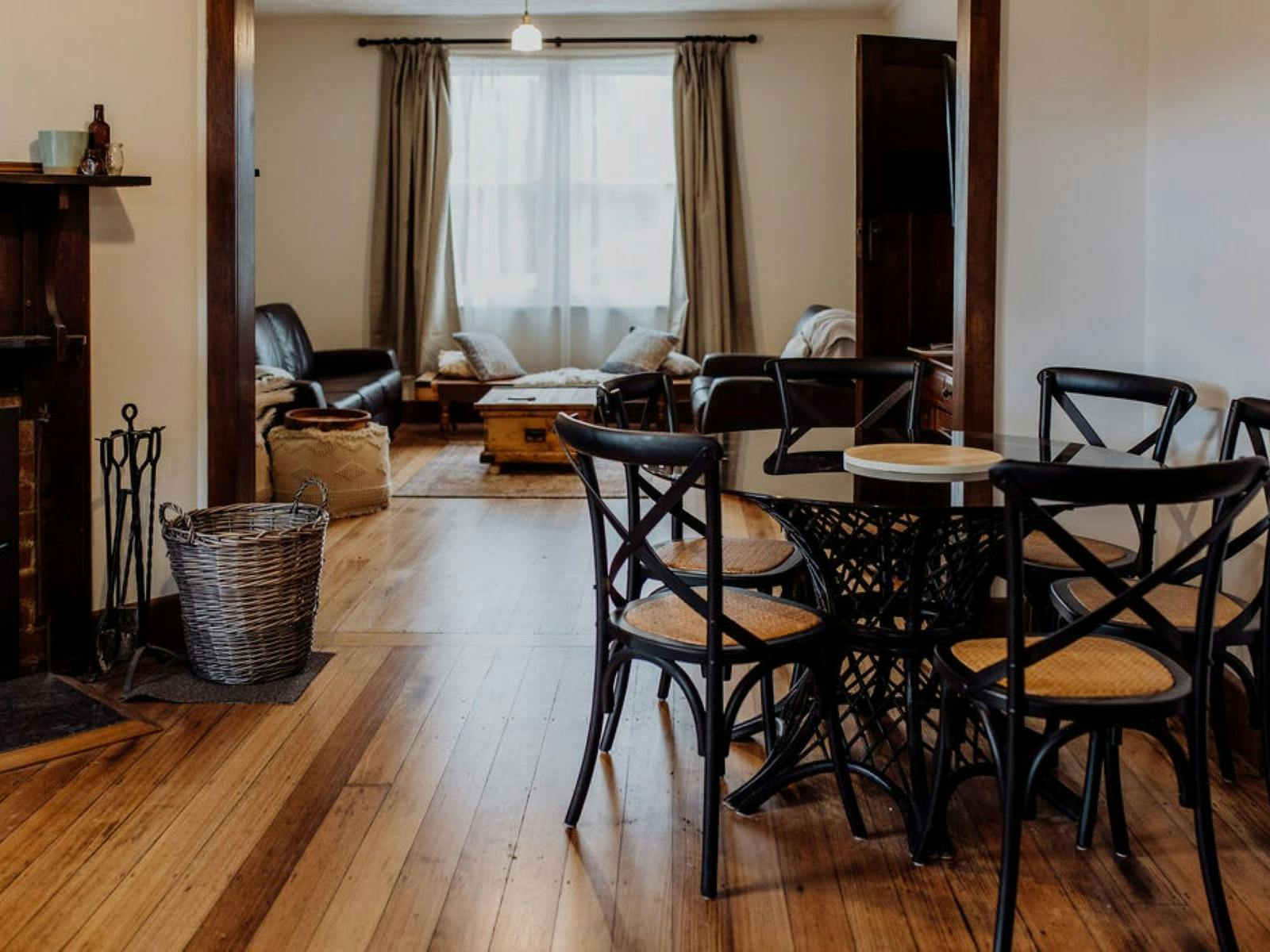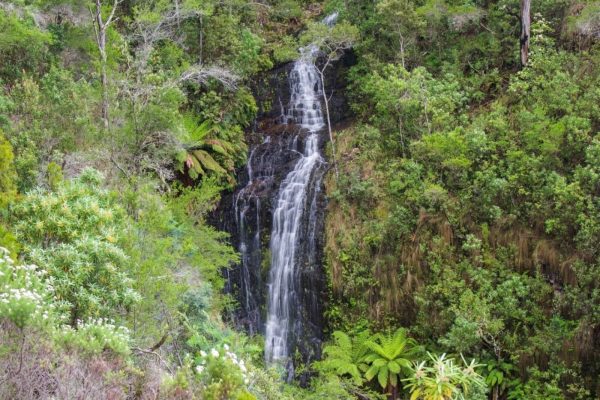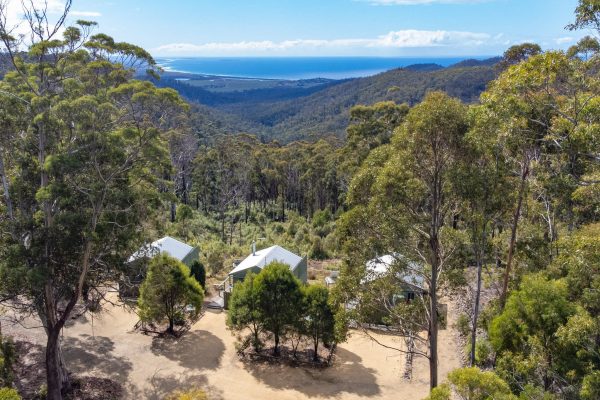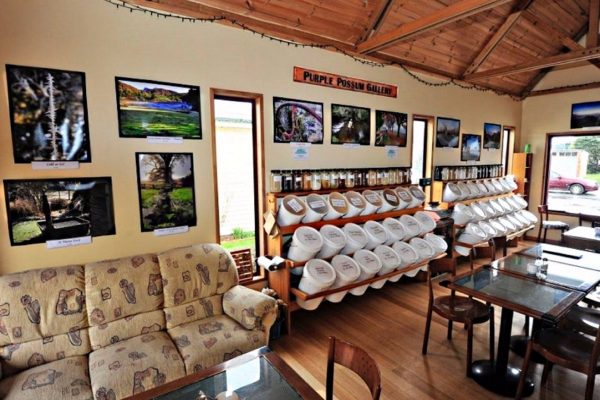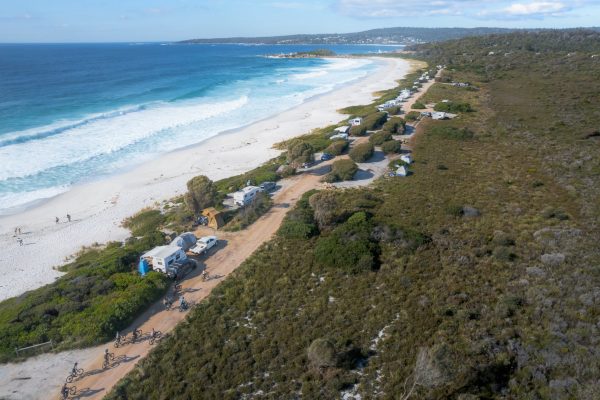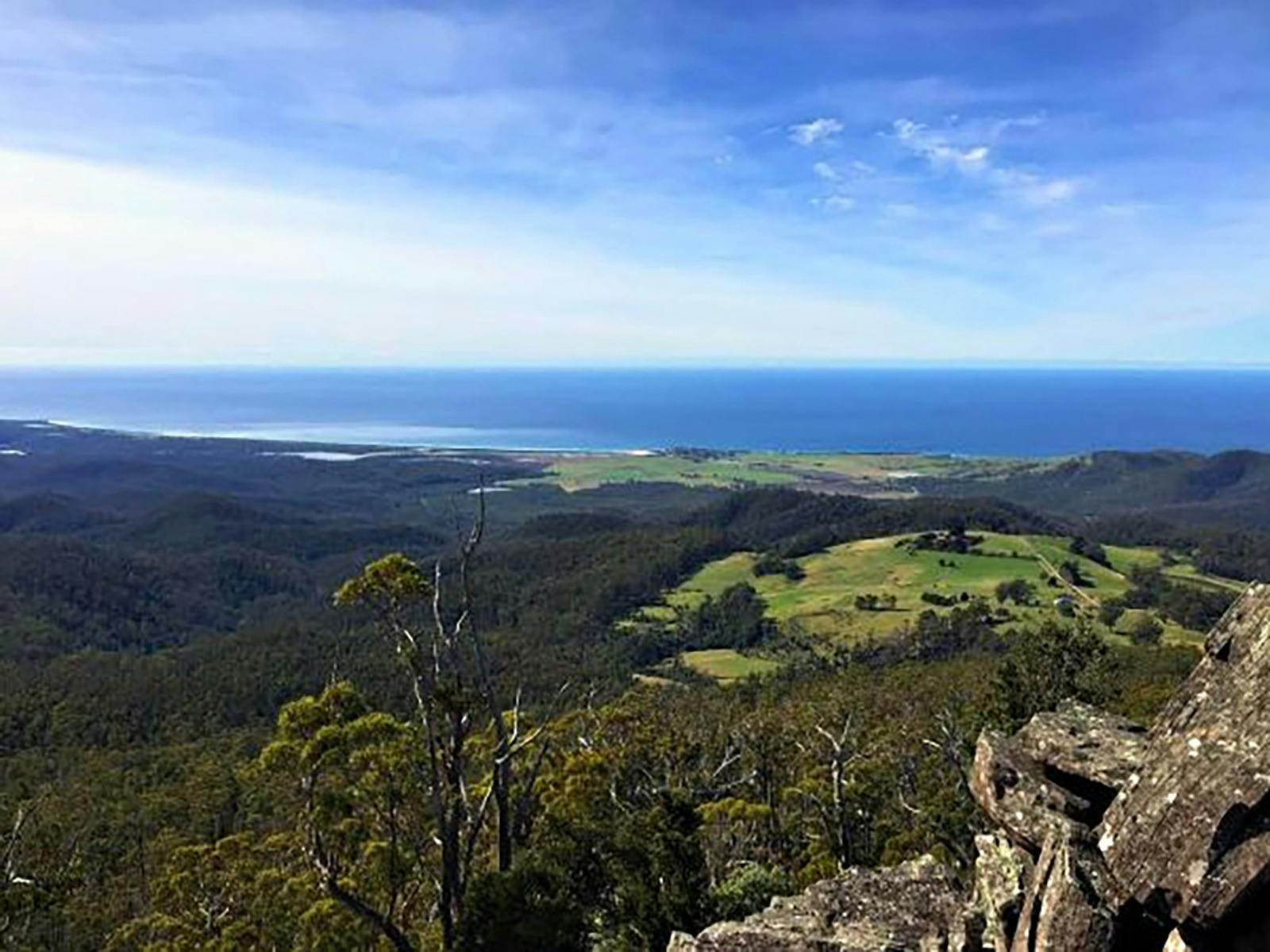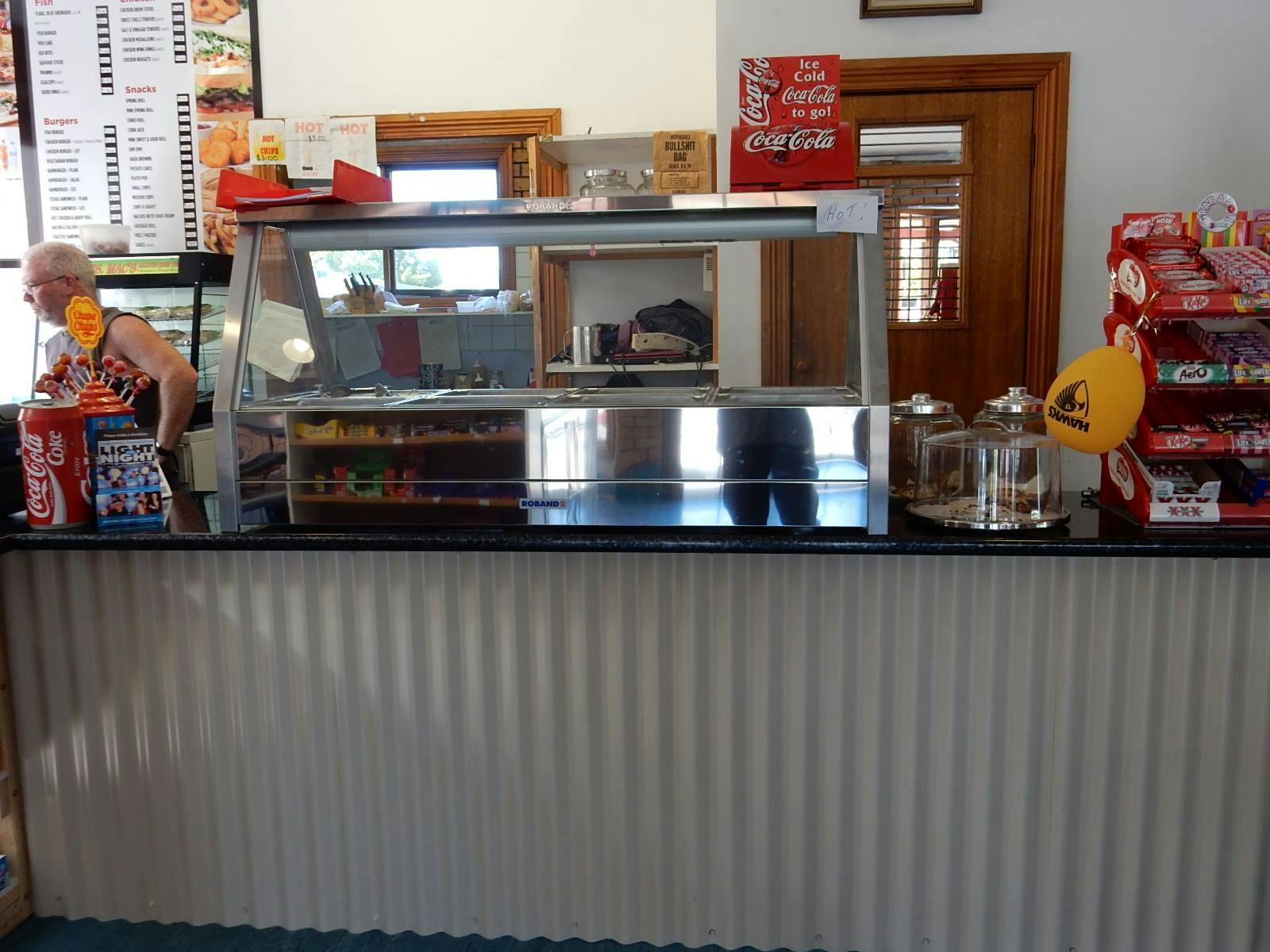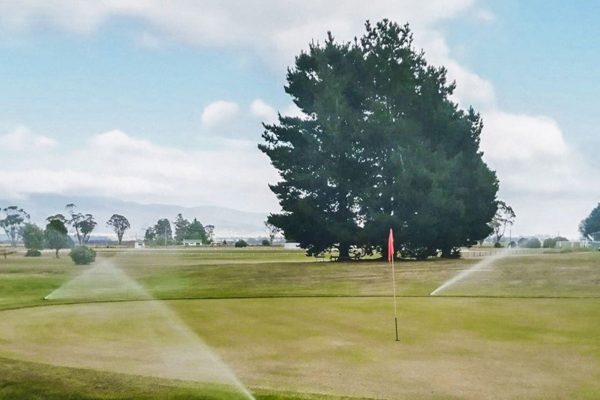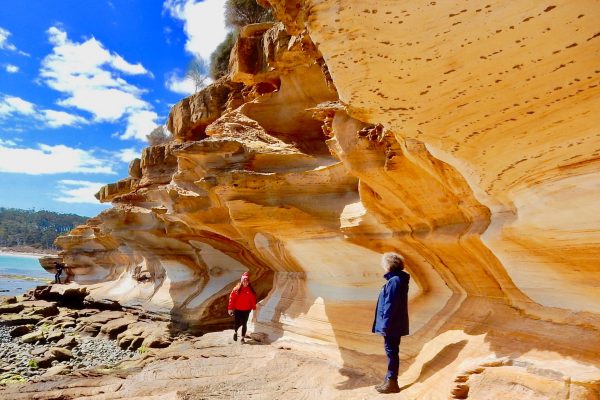The charming town of St Marys sits at the head of the Fingal Valley, surrounded by mountains, rainforests, rivers, waterfalls, and fertile farmland. A drive inland offers a fresh perspective on the east coast, with heritage streetscapes, stunning mountain views, and quirky shops, cafés, and galleries to explore. To reach this beautiful town from the coast requires a drive up either the Elephant Pass or the St Marys Pass: both scenic mountain drives with plenty of twists and turns and sub-alpine forest scenery.
St Patricks Head and the Elephant Pass?
It must be St Marys!
Stay in one of the town’s heritage accommodations or cosy bed-and-breakfasts. Alternatively, try free camping, bring your caravan, or spend a few days in an eco-lodge. Take your time to discover the beauty of the area.
Plan a short walk to see Gray Mares Tail waterfall—an easy and scenic walk. For those up for a challenge, lace up your hiking boots and tackle the climb to St Patrick’s Head. Reward yourself with breathtaking 360° views of the valley and coast.
Back in town, enjoy the relaxed vibe. Spend time exploring the quirky cafés, unique shops, and galleries. Don’t miss the fascinating Cranks and Tinkerers museum or the one-of-a-kind Purple Possum Café and Wholefoods Store. The St Marys market is held the first Saturday of the month and the local op shop is a treasure trove of bric-à-brac.
For a bit of history, drive to nearby Cornwall to see the Coalminers’ Heritage Wall and Heritage Walk. Alternatively, take the convict-built St Mary’s Pass to Falmouth, just a 20-minute drive away, where you’ll find a glistening white beach waiting to be explored.
